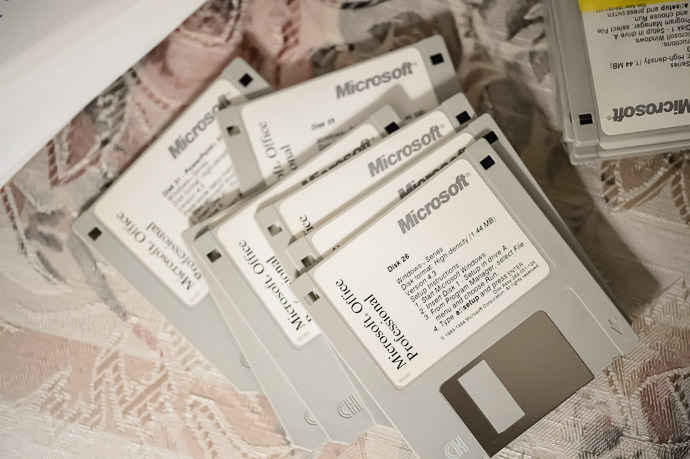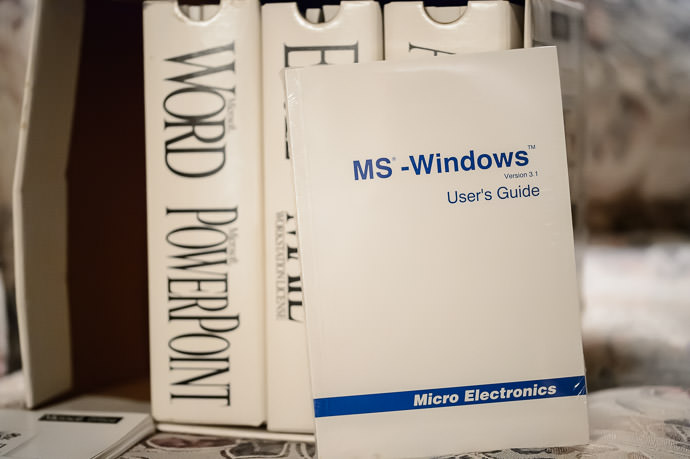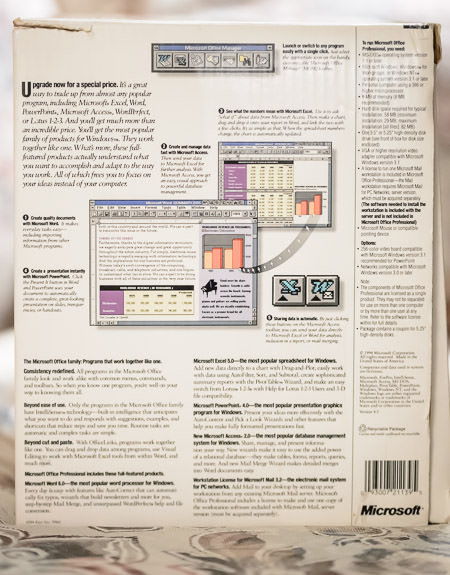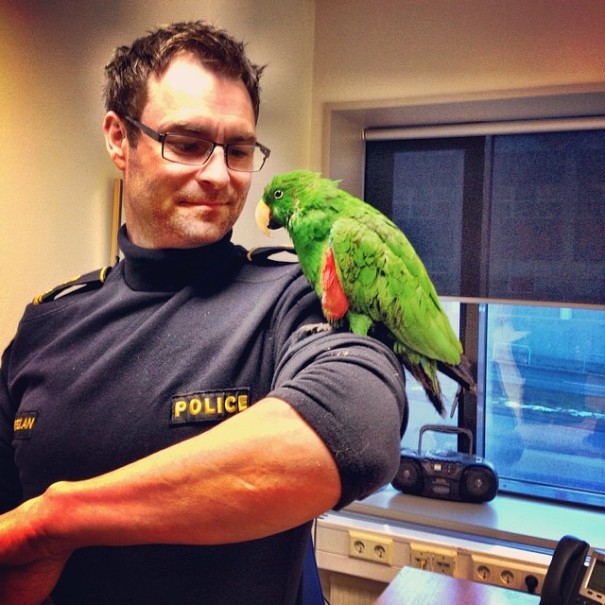
Back in February, Microsoft made the surprising announcement that the Windows development team was going to move to using the open source Git version control system for Windows development. A little over three months after that first revelation, and about 90 percent of the Windows engineering team has made the switch.
The switch to Git has been driven by a couple of things. In 2013, the company embarked on its OneCore project, unifying its different strands of Windows development and making the operating system a more cleanly modularized, layered platform. At the time, Microsoft was using SourceDepot, a customized version of the commercial Perforce version control system, for all its major projects.
SourceDepot couldn't handle a project the size of Windows, so rather than having the whole operating system in a single repository, the Windows code was actually divided among 65 different repositories, with a kind of virtualization layer on top to produce a unified view of all the code. Some of these 65 repos contained nicely isolated, standalone components; others took vertical or horizontal slices through the operating system; others were just grab bags of different code. As such, the repo structure didn't correspond with OneCore's module boundaries.

Nikon D4 + Sigma 105mm F2.8 EX DG OS HSM Macro — 1/160 sec, f/3, ISO 6400 — map & image data — nearby photos
30 Pounds of Software
Microsoft Office, Circa 1994
Going through some closets in our childhood home, my sister came across some software she bought fresh out of college. It's a blast from the 22-years-ago past, when software came with massive manuals.
In this case, the box weighs 30 pounds (14kg), and the manuals are 9" (23cm) wide.

Nikon D4 + Sigma 105mm F2.8 EX DG OS HSM Macro — 1/200 sec, f/3.2, ISO 6400 — map & image data — nearby photos
Floppies. 31 Floppies.

Nikon D4 + Sigma 105mm F2.8 EX DG OS HSM Macro — 1/250 sec, f/3.3, ISO 6400 — map & image data — nearby photos
“Disk Format: High Density (1.44 MB)”

Nikon D4 + Sigma 105mm F2.8 EX DG OS HSM Macro — 1/250 sec, f/3, ISO 5000 — map & image data — nearby photos
A Few Manuals
of very many

Nikon D4 + Sigma 105mm F2.8 EX DG OS HSM Macro — 1/250 sec, f/3.2, ISO 5600 — map & image data — nearby photos
“Micro Electronics”?
This was back when “Windows™” was just “Windows™” (it was a year or two before “Windows 95™”). She paid about $500 for it, in 1994 dollars no less.

Nikon D4 + Sigma 105mm F2.8 EX DG OS HSM Macro — 1/200 sec, f/3.2, ISO 6400 — map & image data — nearby photos
Side of the Box

Nikon D4 + Sigma 105mm F2.8 EX DG OS HSM Macro — 1/250 sec, f/3.2, ISO 6400 — map & image data — nearby photos
Back

Nikon D4 + Sigma 105mm F2.8 EX DG OS HSM Macro — 1/250 sec, f/3, ISO 6400 — map & image data — nearby photos
Other Side
Nikola Tesla predicted the development internet-connected smartphones back in 1926:
From the inception of the wireless system, I saw that this new art of applied electricity would be of greater benefit to the human race than any other scientific discovery, for it virtually eliminates distance. The majority of the ills from which humanity suffers are due to the immense extent of the terrestrial globe and the inability of individuals and nations to come into close contact.
Wireless will achieve the closer contact through transmission of intelligence, transport of our bodies and materials and conveyance of energy.
When wireless is perfectly applied the whole earth will be converted into a huge brain, which in fact it is, all things being particles of a real and rhythmic whole. We shall be able to communicate with one another instantly, irrespective of distance. Not only this, but through television and telephony we shall see and hear one another as perfectly as though we were face to face, despite intervening distances of thousands of miles; and the instruments through which we shall be able to do his will be amazingly simple compared with our present telephone. A man will be able to carry one in his vest pocket.
We shall be able to witness and hear events–the inauguration of a President, the playing of a world series game, the havoc of an earthquake or the terror of a battle–just as though we were present.
Most police departments have a strenuous relationship with the people that they are charged to protect, but it doesn’t seem like that’s the case in the Icelandic capital of Reykjavik, judging by the good-looking officers and good times on their Instagram.
Obviously, their Instagram probably isn’t the best way to honestly gauge the Icelandic police force’s relationship with regular citizens, but they’ve still got one record to be proud of – their first-ever shooting death occurred in 2013, when they shot an armed man who had opened fire on two officers.
More info: Instagram | Facebook | logreglan.is (h/t: InsideLight)

 Here's a statement that would have been unimaginable in previous years: Ubuntu has arrived in the Windows Store. As promised back in May, you can now download a flavor of the popular Linux distribution to run inside Windows 10. It won't compare to a...
Here's a statement that would have been unimaginable in previous years: Ubuntu has arrived in the Windows Store. As promised back in May, you can now download a flavor of the popular Linux distribution to run inside Windows 10. It won't compare to a... While we were able to get our hands on an advance release of Nokia's new HERE Maps app for Android, the company had to a make a few minor tweaks before it was ready for public consumption. It appears all of those outstanding boxes have now been...
While we were able to get our hands on an advance release of Nokia's new HERE Maps app for Android, the company had to a make a few minor tweaks before it was ready for public consumption. It appears all of those outstanding boxes have now been...























